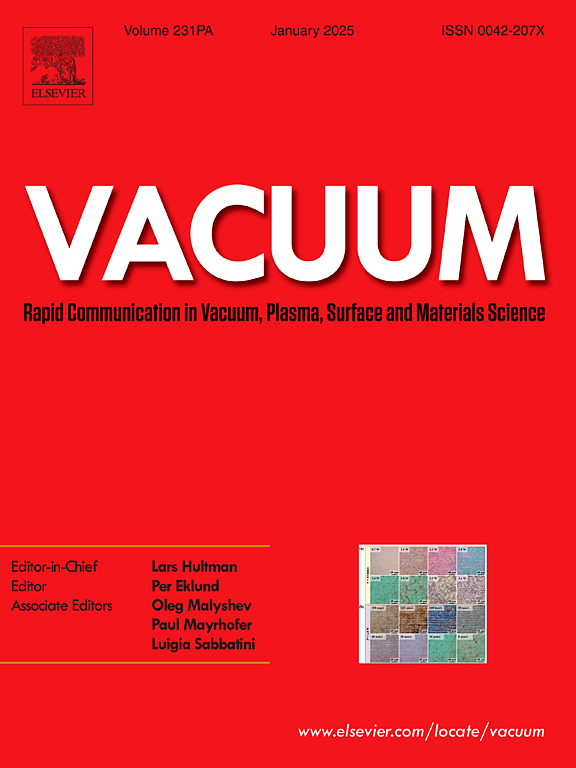The updated gas sensing performance of In2O3 porous nanospheres for ppb level formaldehyde by doping with Mo
IF 3.8
2区 材料科学
Q2 MATERIALS SCIENCE, MULTIDISCIPLINARY
引用次数: 0
Abstract
Rapidly and highly sensitive detection of formaldehyde (HCHO) at ppb level by using metal oxide semiconductor (MOS) based gas sensor has attracted growing attention due to the urgent need for environmental and health protection. Herein, molybdenum (Mo) doping strategy was proposed to improve the formaldehyde (HCHO) sensitivity of In2O3 porous nanospheres (PNSs), which enables them to monitor ppb level HCHO at a relatively lower temperature. The Mo-doped In2O3 (Mo–In2O3) PNSs were prepared through a freeze-drying and calcination route by using hydrothermally synthesized In(OH)3 as a precursor. As applied as an active material for detecting HCHO, Mo–In2O3 PNSs showed some impressive improvements as compared with bare In2O3 counterparts, such as lower operating temperature (300 °C vs 120 °C), higher response (17 vs 1.92 for 1.03 ppm HCHO), the shorter response time (324 s vs 423 s), and better selectivity. Even to 10.3 ppb HCHO, the Mo–In2O3 sensor can give a response of 2.44, revealing its limit of detection (LOD) for HCHO can be as low as 10.3 ppb. The multiple sensitization effects in Mo–In2O3 PNSs as well as their behind mechanism were discussed.
求助全文
约1分钟内获得全文
求助全文
来源期刊

Vacuum
工程技术-材料科学:综合
CiteScore
6.80
自引率
17.50%
发文量
0
审稿时长
34 days
期刊介绍:
Vacuum is an international rapid publications journal with a focus on short communication. All papers are peer-reviewed, with the review process for short communication geared towards very fast turnaround times. The journal also published full research papers, thematic issues and selected papers from leading conferences.
A report in Vacuum should represent a major advance in an area that involves a controlled environment at pressures of one atmosphere or below.
The scope of the journal includes:
1. Vacuum; original developments in vacuum pumping and instrumentation, vacuum measurement, vacuum gas dynamics, gas-surface interactions, surface treatment for UHV applications and low outgassing, vacuum melting, sintering, and vacuum metrology. Technology and solutions for large-scale facilities (e.g., particle accelerators and fusion devices). New instrumentation ( e.g., detectors and electron microscopes).
2. Plasma science; advances in PVD, CVD, plasma-assisted CVD, ion sources, deposition processes and analysis.
3. Surface science; surface engineering, surface chemistry, surface analysis, crystal growth, ion-surface interactions and etching, nanometer-scale processing, surface modification.
4. Materials science; novel functional or structural materials. Metals, ceramics, and polymers. Experiments, simulations, and modelling for understanding structure-property relationships. Thin films and coatings. Nanostructures and ion implantation.
 求助内容:
求助内容: 应助结果提醒方式:
应助结果提醒方式:


